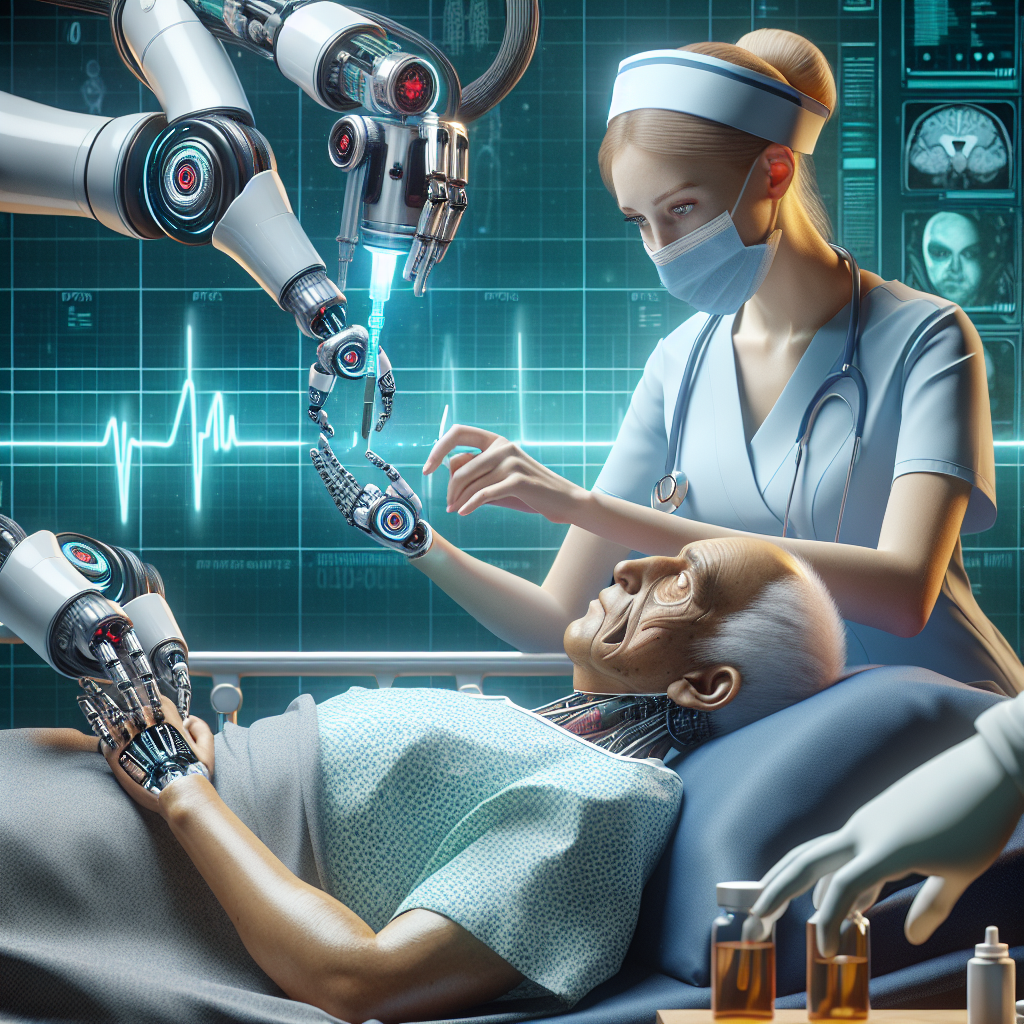In a rapidly evolving world, the intersection of technology and healthcare is reshaping the landscape of nursing care. As the demand for skilled nursing professionals continues to rise, the integration of technology becomes increasingly significant. However, the challenge lies in balancing technological advancements with the human touch that defines nursing. In this article, we will explore how the future of nursing care can harmoniously integrate technology while preserving the essential human connections that are critical to effective patient care.
The Evolution of Nursing Care in the Digital Age
Historical Perspective: Nursing’s Role
Nursing has always been about empathy, compassion, and hands-on care. Historically, nurses have been the backbone of healthcare systems, providing not only medical assistance but also emotional support to patients and their families. As we advance into the digital age, the role of nurses is evolving, yet the core values remain unchanged. Technology should enhance the care experience, not replace the human element essential to nursing.
The Shift Towards Telehealth
Telehealth services have surged, particularly prompted by the COVID-19 pandemic. This technology has made healthcare more accessible, allowing nurses to conduct patient assessments and follow-ups remotely. While this shift has logistical benefits, it also poses questions about maintaining genuine interpersonal connections with patients. Successful integration of telehealth requires nurses to cultivate their communication skills, ensuring patients feel heard and understood, even from a distance.
The Role of Technology in Nursing: Enhancements and Innovations
Electronic Health Records (EHR)
One of the most significant advancements in healthcare technology is the implementation of Electronic Health Records (EHRs). EHRs streamline patient information management, allowing nurses to access real-time data quickly. This efficiency helps in providing timely care and minimizes errors, but it can also lead to caregivers spending more time on screens and less time engaging with patients.
Wearable Health Technology
Wearable technology, such as fitness trackers and smartwatches, has transformed how patients monitor their health. These devices empower individuals to take charge of their health data, leading to more informed discussions with nurses. However, with this technology comes the responsibility for nurses to educate patients on interpreting their data and how it can inform their care. This blend of tech knowledge and human connection is essential for patient empowerment.
AI and Predictive Analytics
Artificial Intelligence (AI) is revolutionizing nursing care by improving diagnostics, patient monitoring, and personalized treatment plans. Predictive analytics can enhance patient outcomes by identifying high-risk individuals before health crises arise. Nevertheless, while AI can process vast amounts of data, its insights should supplement, not replace, the critical evaluation and intuition that only experienced nurses can provide.
Humanizing Technology: The Nurse-Patient Relationship
Empathy in a Tech-Driven World
Empathy remains the cornerstone of effective nursing care. Technological advancements should not diminish the importance of emotional intelligence in nursing. To foster this, healthcare organizations should prioritize training that emphasizes soft skills alongside technical expertise. This approach cultivates a workforce that is not only tech-savvy but also equipped to provide compassionate care.
Personalized Care Is Key
The future of nursing care must focus on personalized approaches that consider individual patient needs, preferences, and backgrounds. While technology can assist in gathering data about patients’ health, humanizing care involves understanding their stories, fears, and hopes. Combining technology with personalized care plans ensures that every patient feels valued and understood.
Training Future Nurses: Bridging the Gap
Integrating Technology in Nursing Education
As we look to the future, it is essential to incorporate technology training into nursing education programs. Future nurses should be skilled in using telehealth platforms, EHRs, and patient-monitoring devices. However, alongside this training, curricula must emphasize communication, empathy, and ethical considerations, ensuring that new generations of nurses can navigate the delicate balance between technology and humanity.
Continuous Professional Development
Professional development opportunities should also focus on technology’s evolving role in nursing care. Workshops and continuing education courses can help nurses stay updated with advancements while reminding them of the importance of maintaining human connections in their practice.
Conclusion: Finding Harmony in Nursing Care
The future of nursing care lies in a harmonious balance between technology and humanity. As we continue to embrace innovations that enhance patient care, we must remember that at the heart of healthcare is the individual. By fostering empathy, personalization, and ongoing education, we can ensure that nursing care remains as compassionate as it is efficient. The goal is not to replace the human touch but to enhance it, creating a healthcare environment where technology and humanity work together for the benefit of all.
By focusing on the balance between technology and human interaction in nursing care, we can ensure a future where patients receive not only improved healthcare but also the compassionate support they need during their most vulnerable moments. As we move forward in this digital age, let us prioritize the very essence of nursing: care that connects us all.


